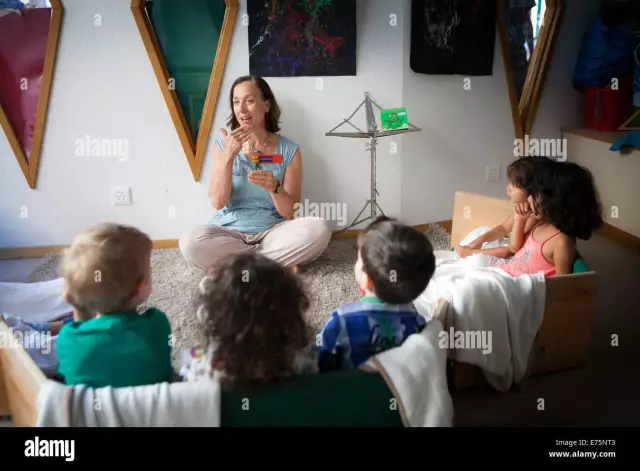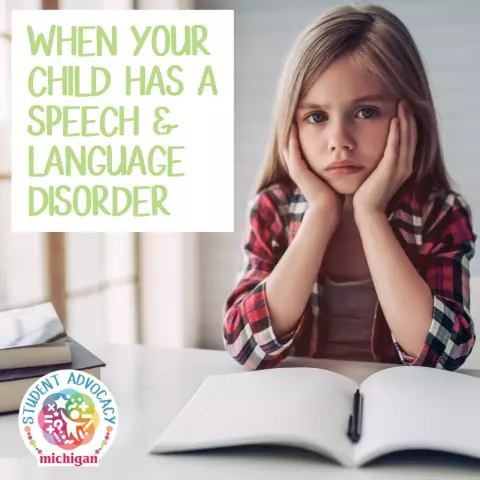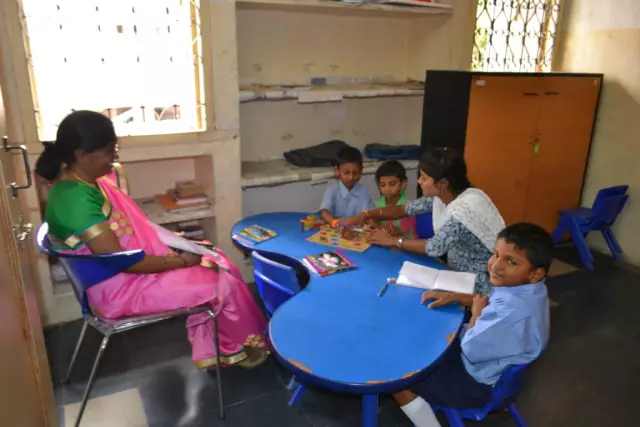- Author Rachel Wainwright [email protected].
- Public 2023-12-15 07:39.
- Last modified 2025-11-02 20:14.
Development of hearing impaired children

It is known that a child with hearing impairment does not develop in the same way as a normal child. Due to the fact that such a child receives incomplete information about the world around him, his cognition occurs rather slowly, spontaneously. While the brain of a normally developing baby develops in a forward direction, the existing defect creates certain difficulties for the development of children with hearing impairment.
Hearing impairment makes it difficult or impossible to perceive the sensations associated with sounds. The kid experiences a lack of communication with parents, since he does not hear the intonations of their speeches, their emotional coloring. The kid is also not able to establish full contact with his peers who do not have hearing problems. Unformed or poorly formed speech creates difficult conditions for subsequent social, emotional and mental development, however, such children cannot be called retarded. They just reach full maturity in ways different from those used by children with normal hearing. The limited conditions for the development of children with hearing impairment contribute to the appearance of neurotic disorders and mental disorders associated with a complex of inferiority, dislike, etc.
The question that worries all parents of hearing impaired children, without exception: is it possible to somehow facilitate the existence of such babies?
Can. If the child has no contraindications to wearing them, a hearing aid will help to make life richer and the world more colorful. The hearing aid of today is a behind-the-ear or in-ear structure that is practically invisible to others. A digital hearing aid allows you to hear natural, non-distorted sounds of the world around you - and this allows children to hear the purr of kittens, the timbre of their voices, the rustling of leaves under their feet.
Today, there are practically no age restrictions for wearing a hearing aid. The faster the hearing aid enters their lives, the better the development of children with hearing impairment will be. Therefore, the optimal situation is when the child is fitted with a hearing aid immediately after the appropriate diagnosis has been established.
Found a mistake in the text? Select it and press Ctrl + Enter.






